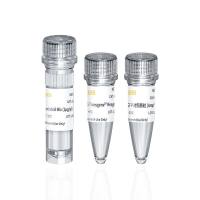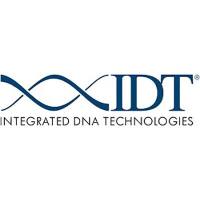Herpes simplex virus type 1 (HSV-1) has several unique features that make it a promising candidate for gene transfer vehicles. These include: i) a pantropic viral envelope; ii) a large genome (approx 152 kb), which confers its large transgene capacity; and iii) the ability of entering a latency state in neurons with limited transcriptional activity (see refs. 1 –3 ). Moreover, HSV-1 is among the most extensively studied and characterized viruses, which has facilitated development of HSV-1-based vectors. Two distinct types of vectors, recombinant and amplicon, have been reported. Recombinant HSV-1 vectors use most of the viral genome as the vector backbone and can carry one or more gene(s) of interests inserted in place of the viral genes. On the other hand, amplicon vectors contain only the minimum cis-acting sequences from HSV-1 that are required for replication and packaging in the presence of HS V-1 helper functions in trans. In this chapter, we will describe the recent advance in packaging of helper virus-free HSV-1 amplicon vectors.






